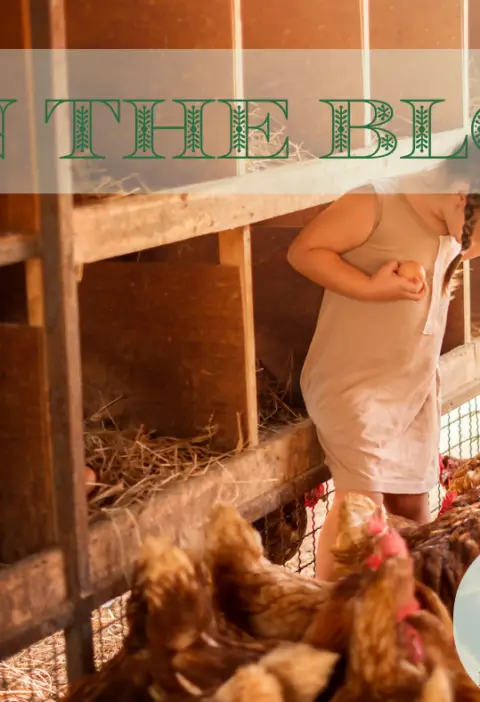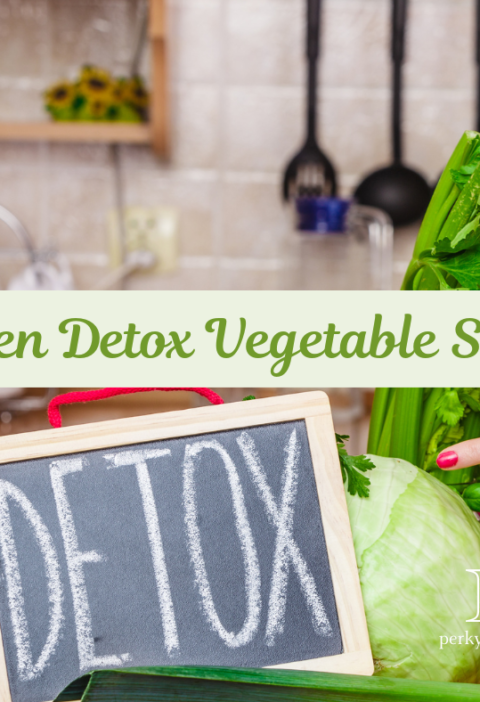When we think of attachment, our minds often turn to the warm, nurturing environment of childhood. We picture a caregiver lovingly attending to an infant’s needs, fostering a sense of security that will shape the child’s emotional future. But as powerful as these early experiences are, there’s a deeper, fascinating layer at play. Attachment isn’t just about our environment — it’s also about our biology. Behind every emotional bond lies a complex interplay of genetics and hormones, with one hormone in particular taking center stage: oxytocin, often called the “bonding hormone.”
In this post, we’ll dive deep into the genetic and biological mechanisms that shape attachment, focusing on the incredible role oxytocin plays in forming and maintaining the emotional bonds that define us. Understanding this science not only enriches our grasp of attachment theory but also reveals new possibilities for healing and strengthening our relationships.
The Genetic Blueprint of Attachment
We are born with a genetic roadmap, one that influences everything from our height to our eye color. But did you know it also affects how we bond with others? While attachment theory traditionally focuses on environmental factors, genetics plays an equally important role.
Genetic Influence on Temperament
Temperament is largely determined by our genes, shaping how we respond to the world around us. Some of us are naturally calm and easygoing, while others might be more sensitive or reactive. This genetic temperament can directly influence how we form attachments. For example, a baby with a calm temperament might be easier for a caregiver to soothe, leading to a more secure attachment. On the other hand, a child with a more sensitive temperament might require a highly attuned caregiver to feel secure.
Gene-Environment Interaction
Our genes don’t act in isolation — they interact with our environment in complex ways. Some individuals are genetically predisposed to be more affected by their caregiving environment. This concept, known as differential susceptibility, explains why some children seem particularly resilient, while others are more vulnerable to the quality of caregiving they receive. A nurturing environment can foster secure attachment, while a less supportive one can lead to insecurity, especially in genetically sensitive children.
Stress Response and Attachment
Our ability to manage stress is also shaped by our genes, particularly through the HPA axis (hypothalamic-pituitary-adrenal axis), the system responsible for our body’s stress response. Children who are genetically predisposed to heightened stress responses may find it harder to form secure attachments if raised in inconsistent or stressful environments. Understanding these genetic underpinnings helps us see why some children struggle more with attachment — and how biology plays a critical role in these outcomes.
The Power of Oxytocin: The Bonding Hormone
At the heart of attachment lies oxytocin, a hormone that has earned its nickname as the “bonding hormone” for good reason. Oxytocin is deeply involved in forming emotional connections — whether between a mother and child, romantic partners, or even close friends.
What is Oxytocin?
Oxytocin is both a hormone and a neurotransmitter, produced in the brain’s hypothalamus and released into the bloodstream and brain. It plays a major role in childbirth, breastfeeding, and social bonding. When oxytocin is released, it creates feelings of trust, safety, and emotional closeness — all essential ingredients for forming secure attachments.
Oxytocin and the Brain
The brain responds powerfully to oxytocin, reinforcing the neural pathways associated with bonding and attachment. In fact, oxytocin essentially “rewires” the brain, strengthening our capacity for emotional connection. This helps explain why moments of intimacy, whether cuddling a newborn or hugging a partner, feel so deeply comforting.
The Oxytocin Receptor Gene (OXTR)
The way oxytocin affects us, however, isn’t the same for everyone. Our response to oxytocin is influenced by the OXTR gene — the gene that codes for oxytocin receptors in the brain. Variations in this gene can affect how strongly we experience the effects of oxytocin. Some people may naturally feel more bonded and connected, while others may struggle to feel emotionally close, even in nurturing environments. These genetic differences help explain why some individuals find it easier to form secure attachments, while others may be more prone to avoidant or anxious attachment styles.
The Role of Oxytocin in Parenting and Relationships
Oxytocin plays a critical role in attachment not just in infancy, but throughout our lives. Whether we’re bonding with a newborn, forming friendships, or deepening romantic relationships, oxytocin is at the heart of these connections.
Mother-Infant Bonding
One of oxytocin’s most important roles is during childbirth and breastfeeding. During labor, oxytocin surges, helping to promote mother-infant bonding. Studies show that mothers with higher levels of oxytocin are more likely to engage in nurturing behaviors like holding, cuddling, and talking to their babies. This close interaction fosters secure attachment in the infant, setting the stage for emotional security throughout life.
Romantic Relationships
Oxytocin isn’t just for mother-infant bonding — it’s also crucial in romantic relationships. When we experience moments of intimacy, such as holding hands or sharing an emotional conversation, oxytocin is released, promoting trust and connection. Research suggests that genetic differences in how we process oxytocin can influence our ability to form deep, secure romantic attachments.
Friendships and Social Bonds
Oxytocin’s effects extend beyond romantic and parental relationships. It also helps us form deep, trusting friendships. Whether it’s the feeling of camaraderie after sharing a heartfelt conversation with a friend or the connection we feel in close-knit social groups, oxytocin helps us build bonds that make us feel safe and supported.
Epigenetics and Oxytocin: The Environment Shapes the Biology
While genetics provide the blueprint, the environment can significantly affect how our genes are expressed — a concept known as epigenetics. The caregiving environment during infancy and childhood can influence how genes related to oxytocin function, and these effects can be long-lasting.
Epigenetic Influence
Research shows that early positive caregiving experiences can enhance the function of oxytocin, making it easier for individuals to form secure attachments later in life. Conversely, neglect or trauma can disrupt oxytocin signaling, making attachment more difficult. In fact, some studies suggest that epigenetic changes to the OXTR gene, caused by early trauma, can make it harder for people to form close, trusting relationships.
Repairing Attachment Through Oxytocin
Intriguingly, recent research is exploring how oxytocin might be used to repair insecure attachments. In some experimental settings, oxytocin nasal sprays have been used to enhance emotional connection and social bonding in individuals who struggle with attachment issues. While still in its early stages, this research offers hope for new ways to support individuals with attachment difficulties.
Future Directions in Attachment Research
As our understanding of oxytocin and genetics deepens, exciting possibilities emerge for how we approach attachment and mental health.
Oxytocin and Mental Health
Oxytocin-related therapies may hold potential for treating conditions like anxiety, depression, or social phobia — all of which are often linked to insecure attachment styles. By enhancing oxytocin function, we might be able to improve emotional regulation and social bonding, helping individuals overcome these challenges.
Genetic Testing and Personalized Therapies
Imagine a future where genetic testing could provide insights into a person’s attachment style. This knowledge could be used to personalize therapies, helping individuals and couples navigate attachment issues with tailored approaches based on their genetic predispositions.
Conclusion
While the environment plays a crucial role in shaping attachment, the science of genetics and biology provides an equally important piece of the puzzle. Oxytocin is the star of this biological story, facilitating the bonds that make us human. From mother-infant attachment to romantic love, friendships, and even mental health, oxytocin helps us connect, trust, and thrive.
Understanding the genetic and biological foundations of attachment opens new doors to how we think about relationships. By embracing both nature and nurture, we can gain a deeper, more nuanced appreciation of what it means to bond, and how we can heal and strengthen those bonds in the future.
Afterthought: Is There a Synthetic Form of Oxytocin?
While oxytocin naturally occurs in the body and plays a vital role in bonding, there is also a synthetic form of this hormone called Pitocin. Pitocin is primarily used in medical settings, especially during childbirth, to induce or strengthen labor contractions and to reduce the risk of postpartum hemorrhage.
In recent years, researchers have explored the potential use of synthetic oxytocin beyond childbirth, studying its effects on social and emotional disorders like autism and anxiety. While promising, these studies are still in their early stages, and more research is needed to understand its full range of therapeutic applications.
Synthetic oxytocin remains a powerful tool in medical care, but its broader use in enhancing emotional connections or treating attachment issues remains largely experimental.






